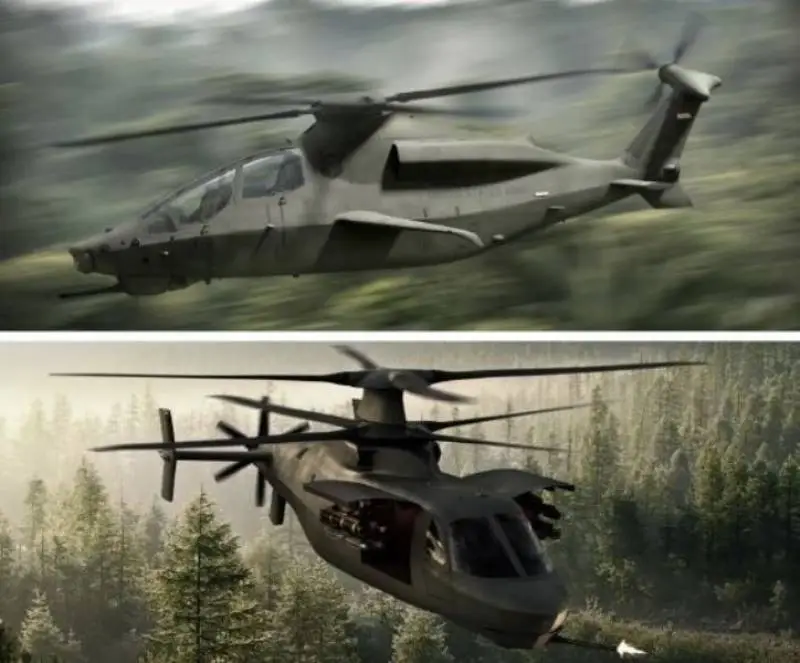In 2019, the US Army embarked on the Future Attack Reconnaissance Aircraft (FARA) program, aiming to modernize aerial reconnaissance.
However, they have now halted FARA to reallocate funds to emerging aerial technologies.
This decision follows considerable investment in developing and prototyping efforts.
The termination reflects modern warfare’s evolving landscape, highlighting unmanned systems’ rising significance.
This pivot is informed by insights from ongoing conflicts in places like Syria, Ukraine, and Gaza.
FARA was introduced in 2018 with expectations to replace the Vietnam War-era OH-58 Kiowa Warrior.

However, it represented a new approach to acquiring sophisticated, high-cost weapon systems.
Bell Textron and Sikorsky anticipated their prototypes flying by year’s end, addressing armed reconnaissance gaps.
This adjustment is part of a larger strategy to redirect resources towards advanced aerial technologies, including unmanned platforms.
The Army aims to complete FARA’s prototype phase by fiscal year 2024, enabling the transition of technologies to other projects.
The Army now views FARA’s intended capabilities as achievable through unmanned and space-based systems.
This restructure will fund critical advancements in Army Aviation, emphasizing unmanned technology research and development.
Future plans involve acquiring the UH-60M Black Hawk and launching the CH-47F Chinook Block II.
The Army is also progressing with the Future Long Range Assault Aircraft (FLRAA) and Future Tactical Unmanned Aircraft (FTUA), targeting a 2030 operational debut.
In addition, this move boosts unmanned aerial systems, heralding a new reconnaissance era.
Enhancing Modern Warfare with Sensor Technology
Modern warfare now benefits from a plethora of sensors and weapon systems compatible with various platforms, including satellites and drones.
In addition, civilian platforms like the Airbus H145M can supplement these military assets if needed.
Ukraine conflict shows unmanned/spatial systems’ efficiency, affordability, and reach surpass traditional helicopters.
The strategic shift toward versatile, technologically superior battlefield surveillance aligns with the Army’s future operational needs.
In short, it ensures adaptability and effectiveness in modern combat scenarios.

